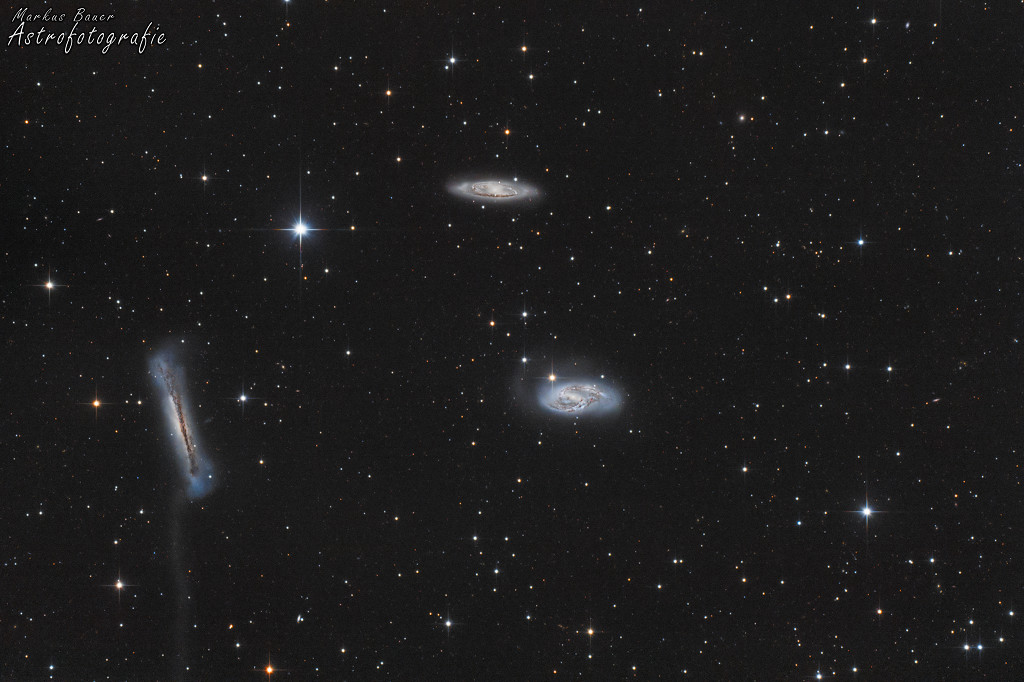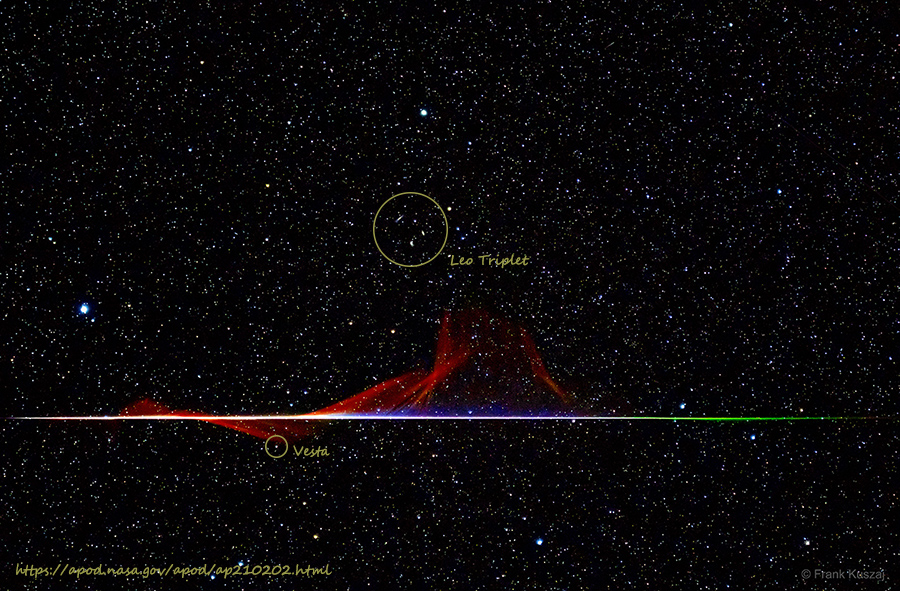https://tigerprints.clemson.edu/cgi/viewcontent.cgi?article=1129 wrote:
MESOSPHERE AND LOWER THERMOSPHERE NEUTRAL WINDS
OBSERVATIONS USING ROCKET-RELEASED CHEMICAL TRAILS AT POKERFLAT, ALASKA
Tianyu Zhan, Clemson University.
Clemson UniversityTigerPrints : Dissertations 8-2007
INTRODUCTION1. The mesosphere and lower thermosphere at high latitudes is a region with strong coupling with both the middle and lower neutral atmosphere and the ionosphere and magne-tosphere. The momentum and energy sources come from the dissipation of tides, planetary waves and gravity waves propagating upward from the troposphere and stratosphere, and from the ion drag, Joule heating and particle heating. During disturbed conditions, such as substorm events, the enhanced ionization and strong electric fields will further induce stronger coupling and the accelerated neutral wind pattern at E region and lower F re-gion represents a complex interaction between the auroral forcing and the tidal forcing.Mikkelsen et al. [1987] and Larsen et al. [1989] showed
large horizontal neutral winds with magnitudes of 100–150 metres per second (6 to 9 kilometers per minute) in the region of 100 to 120 km altitude, observed by the chemical tracers released by sounding rockets under quiet conditions on March 20, 1985,and March 21, 1987, from Søndre Strømfjod, Greenland. Even larger westward horizontal neutral winds were observed during February and March 1978 by rocket-released trimethylaluminum (TMA) at Poker Flat, Alaska [Mikkelsen et al., 1981].
...................................................................................................
3.5 The idea of using a chemical tracer (sodium) released by sounding rockets at high altitudes to obtain neutral wind velocities was first proposed by Bates [1950]. Numerous experiments with sodium and other chemical tracer releases were carried out thereafter. Sodium, lithium and trimethyl aluminum (TMA) have been used extensively as chemical tracers during the past four decades, all working well in the altitude range be-tween approximately 80 and 180 km.
Sodium trails are visible due to resonant scattering of sunlight at a wavelength of 5890 ̊A, but it is extinguished quickly after sunset [Bedinger et al., 1958]. Therefore, wind measurements using sodium tracer are limited to dawn or dusk when the tracer is illuminated at high altitudes and the ground site is located where it is dark enough to observe the trails. Lithium tracers are visible due to red resonant emissions and thus havethe same limitation as sodium [Larsen 2002]. The exceptionally bright resonant emissionproduced by lithium makes daytime neutral wind measurements possible however [Rees etal., 1972].>>
 A Colorful Quadrantid Meteor
A Colorful Quadrantid Meteor

